The Cathedral of the Holy Rosary was first built of light materials (nipa) and of wood in 1855 by Fr. Guillermo Masnou. The present stone and brick edifice was started in 1860 by Fr. Ramon Sarrionandia through the forced labor system (Pols y Servicios), continued by Fr. Juan Merino in 1880 and completed by Fr. Pedro Ibeas in 1891.
It was restored by Fr. Rufino Santos from 1893 to 1897. The backyard of the church was an execution ground for Filipino rebels from1896 to 1898. Later, it was used by the U.S. Army as a military hospital from August 1899 to December 1900.
The cathedral, measuring 70 m. long, 20 m. wide, and 12 m. high, has a beautiful transept and a Renaissance style of Corinthian pilasters and recessed arch and segmented windows topped by triangular canopies.
There is a projecting portico with elliptical arches at the main entrance. Spandrel and pier dados are ornamented with relief carvings. Flanking the facade are twin bell towers moving upward in a slow sweep and in uneven levels. The window casements have Renaissance-influenced latticework.
Cathedral of the Holy Rosary: Sto. Entierro cor. Sto. Rosario St., Angeles City, Pampanga. Feast of the Holy Rosary: Second Sunday of October.
How to Get There: Angeles City is located 82.8 kms. (a 2-hour drive) from Manila and 13 kms. (a 30-min. drive) west of the City of San Fernando.

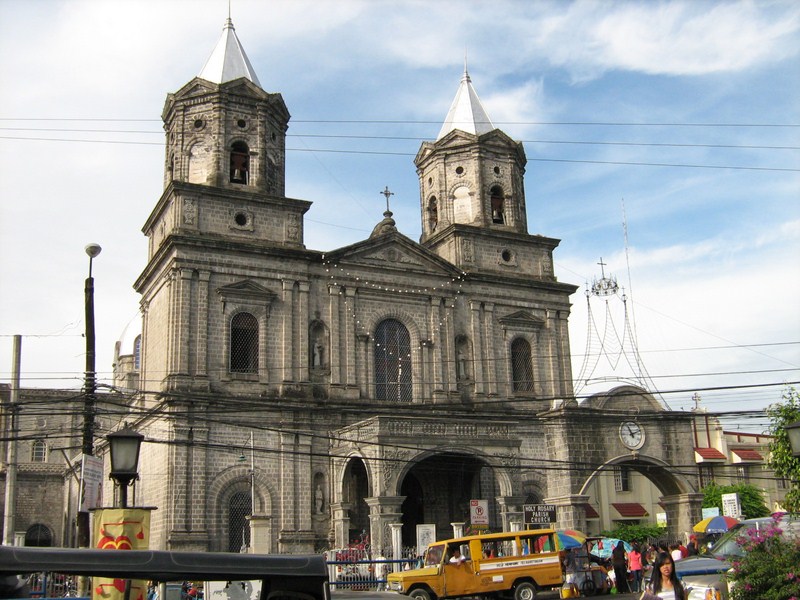
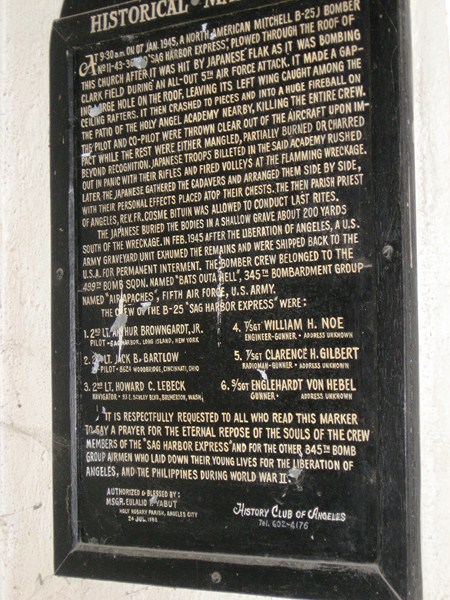
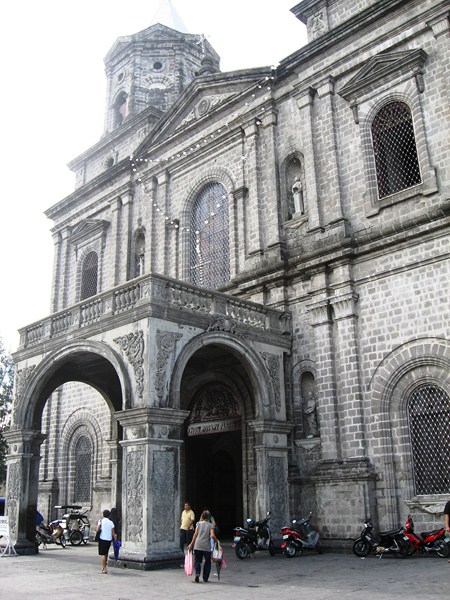
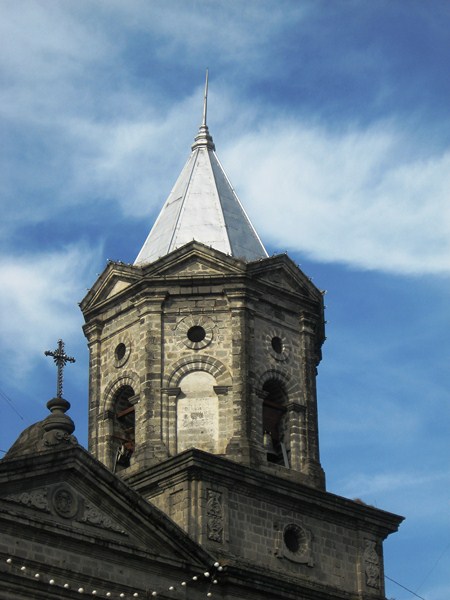
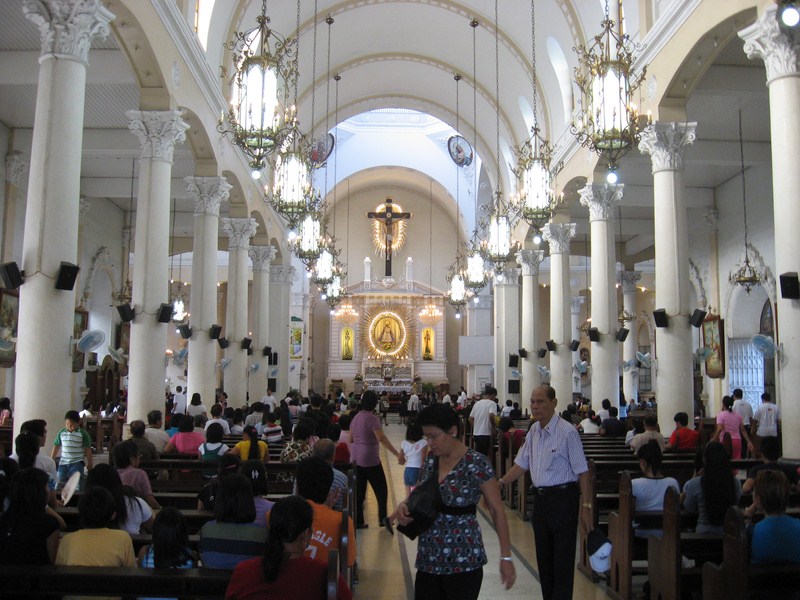
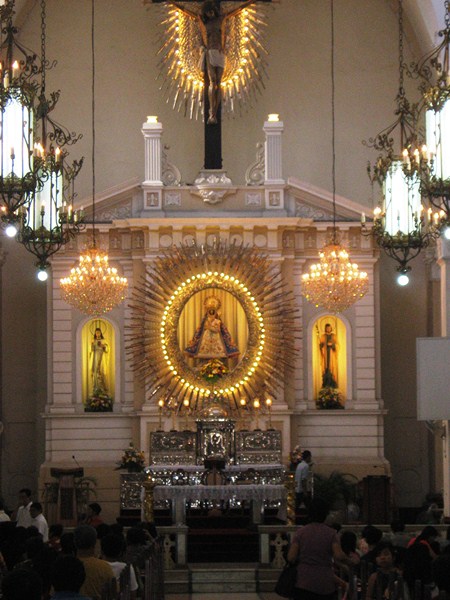
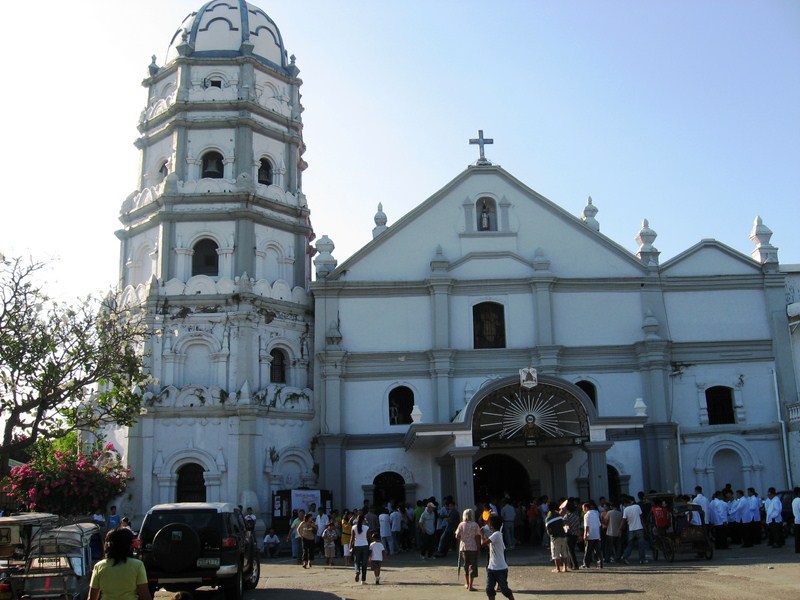
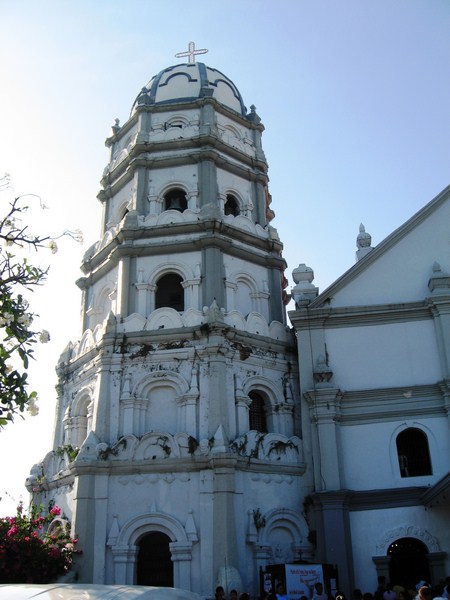

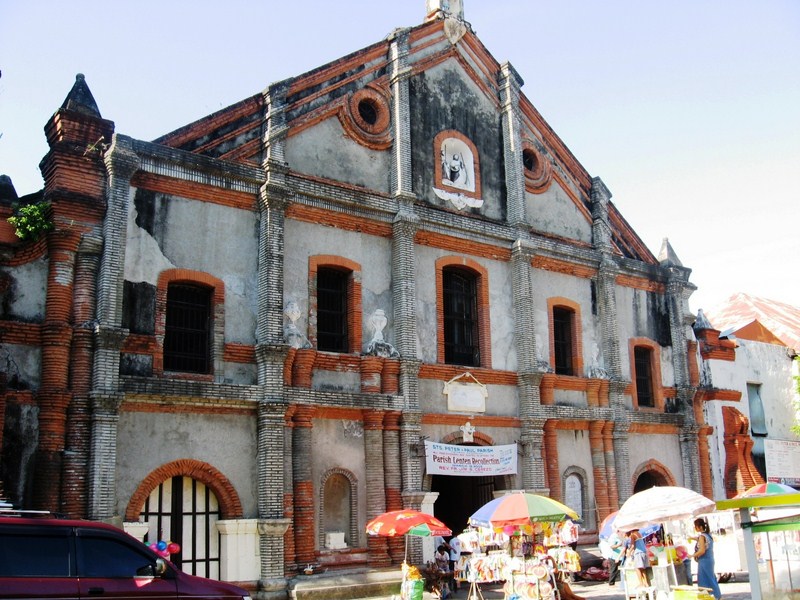
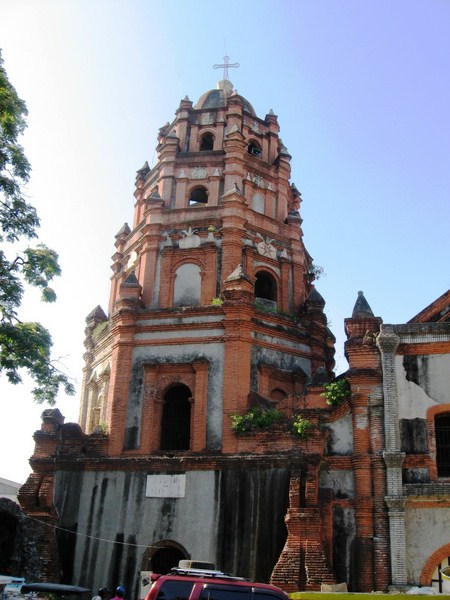
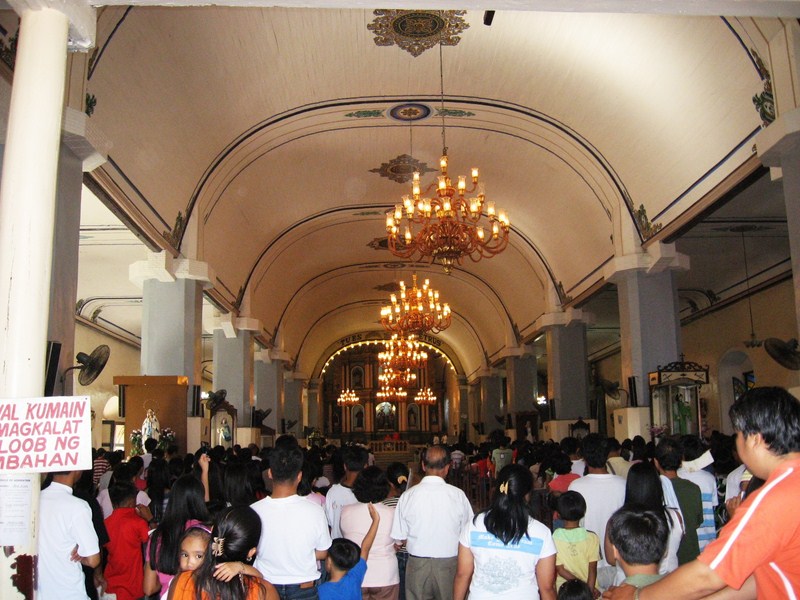




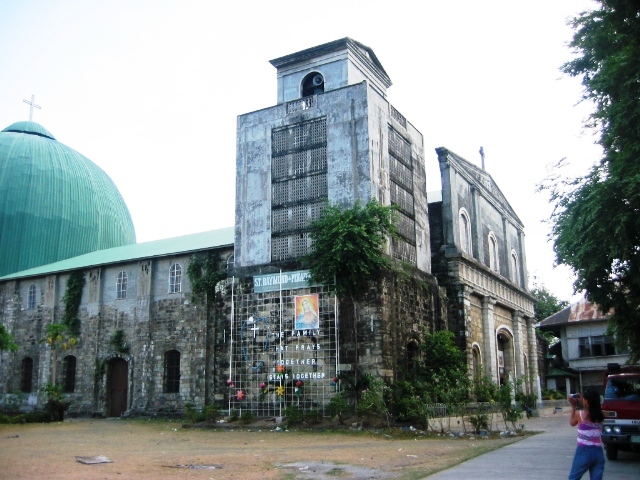
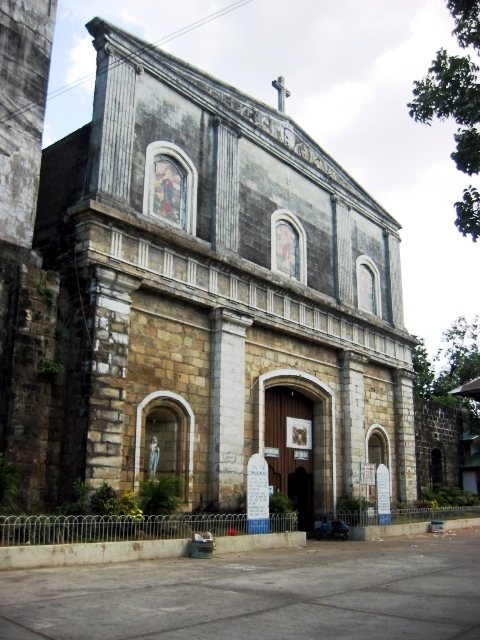
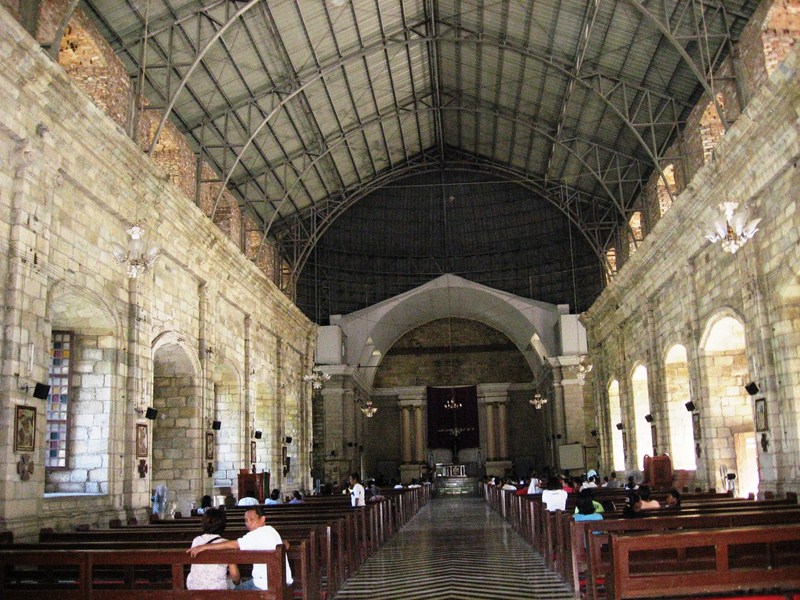
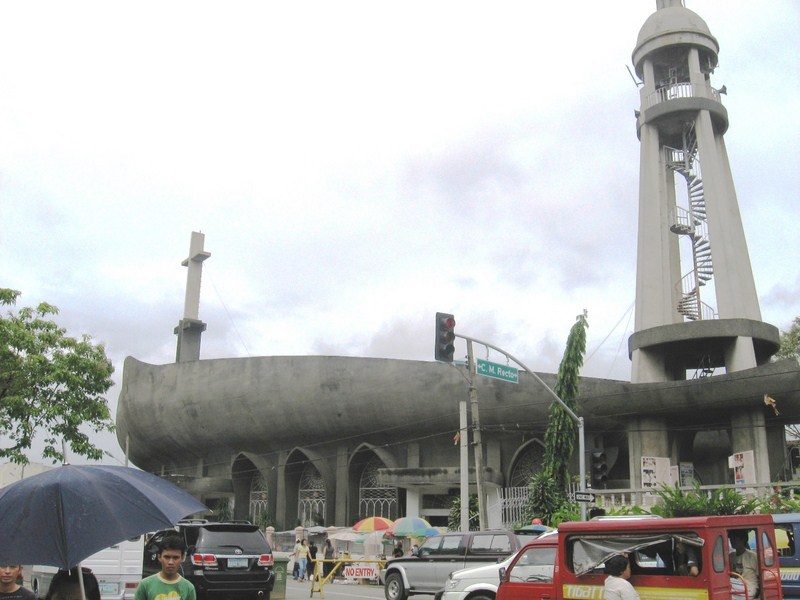
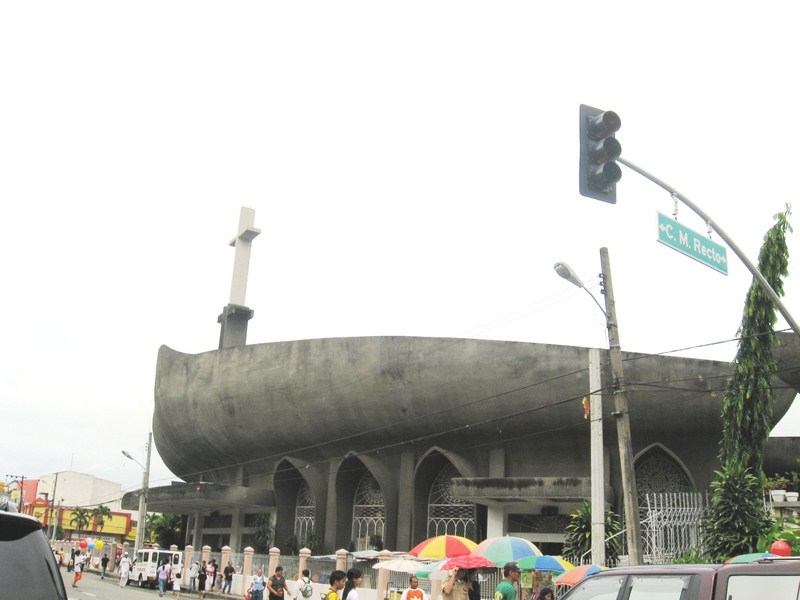
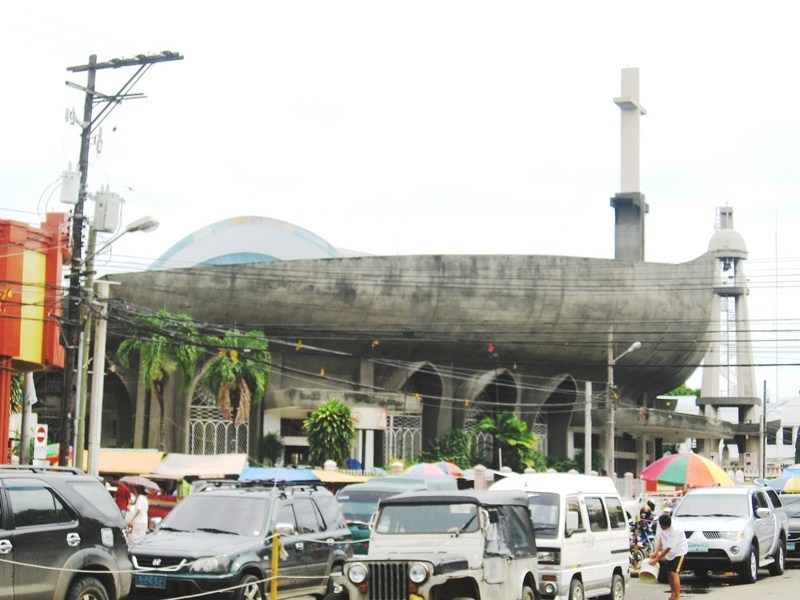

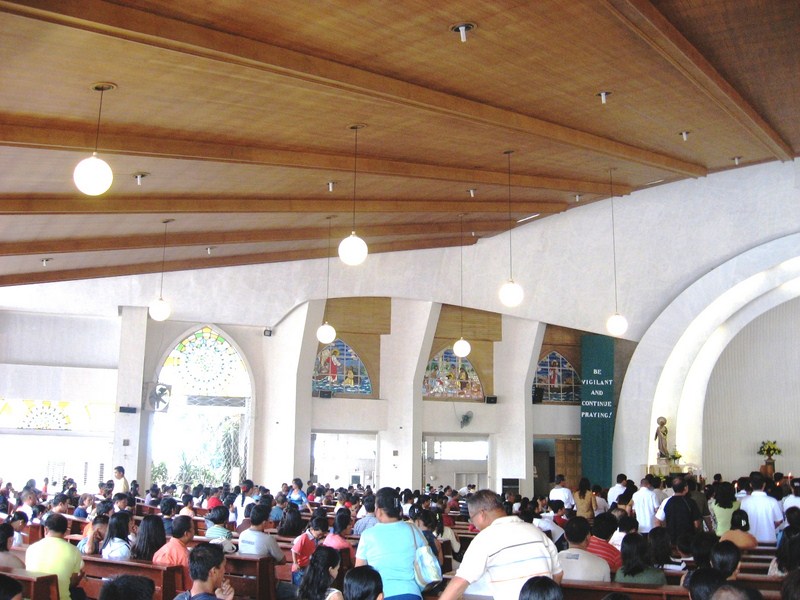
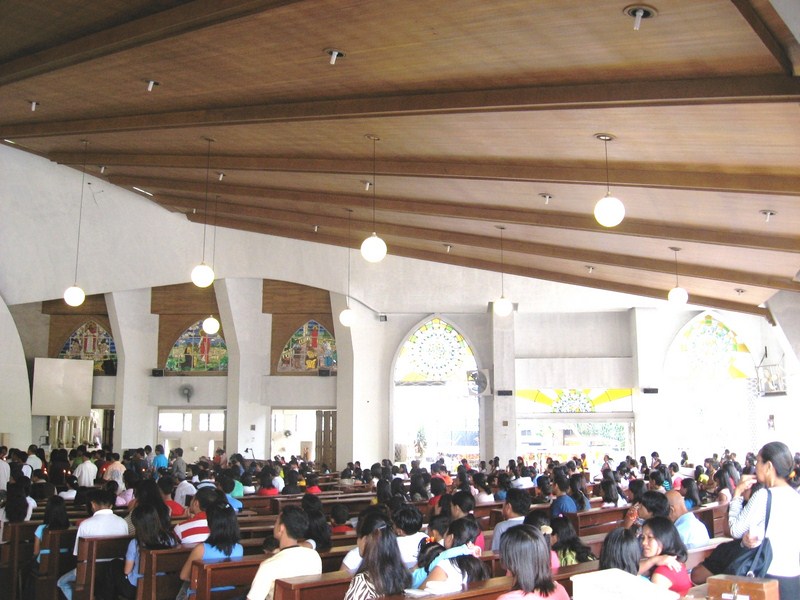
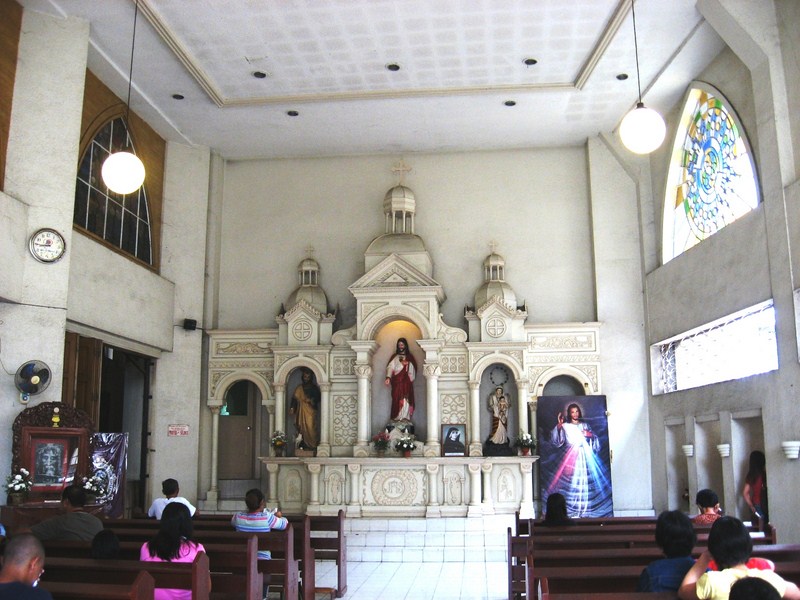
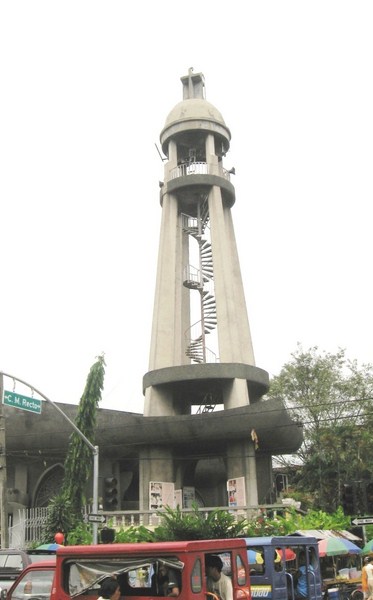


.jpg)



